In qualsiasi passeggiata che facciamo, collina o montagna ma anche pianura, possiamo trovarla in ogni dove e proprio quando tutto è silente, nei mesi di Gennaio e Febbraio, spiccano i piccoli frutti dal colore rosso mattone, i cinorrodi per la precisione, che possono deliziare i nostri cammini.
Today I bring you a plant that we all know, the Dog Rose, but perhaps not everyone knows how to eat it naturally, excluding jams or drying. In any walk we take, hill or mountain but also plain, we can find it everywhere and just when everything is silent, in the months of January and February, the small brick-red fruits stand out, the rose hips to be precise, which can delight our walks.
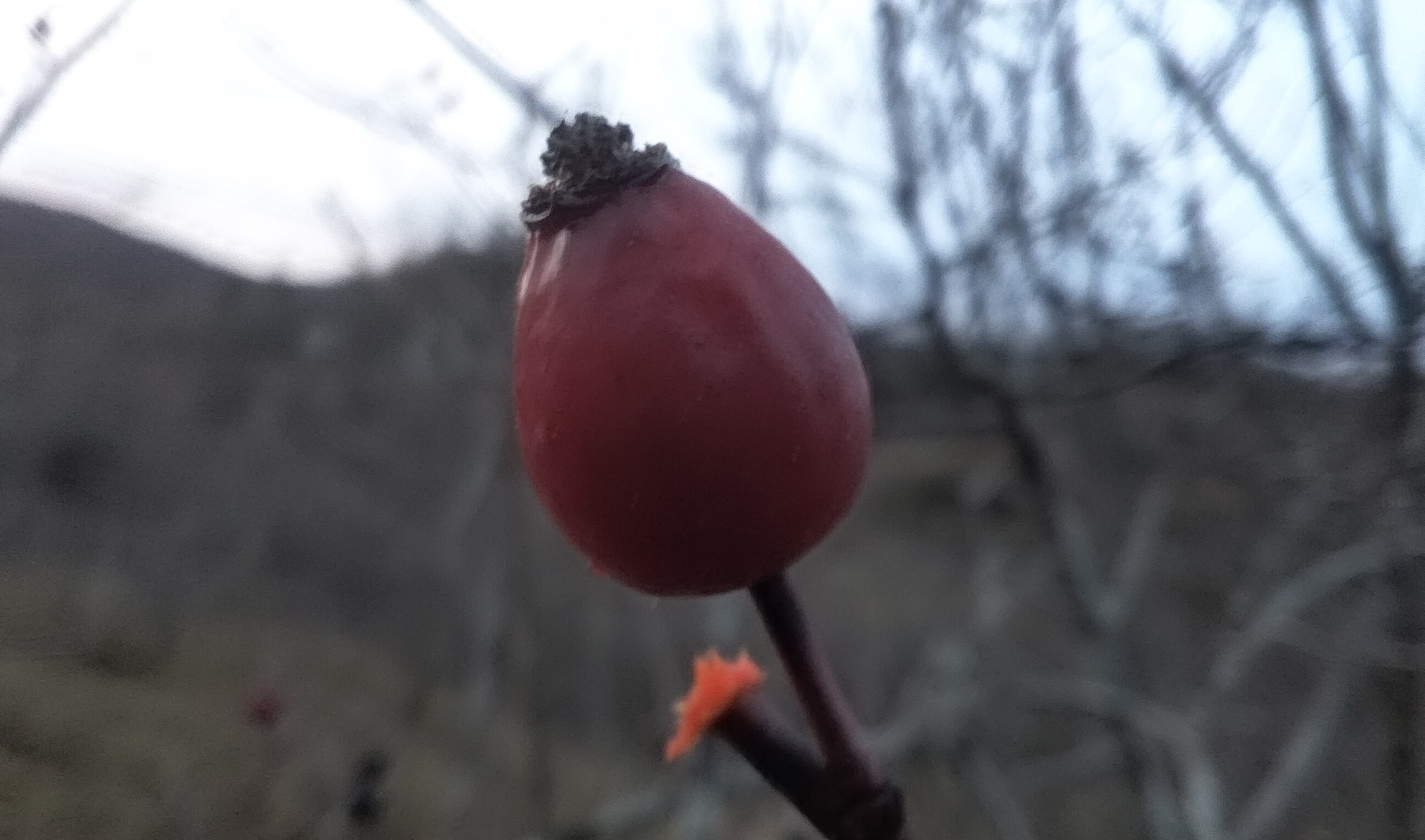
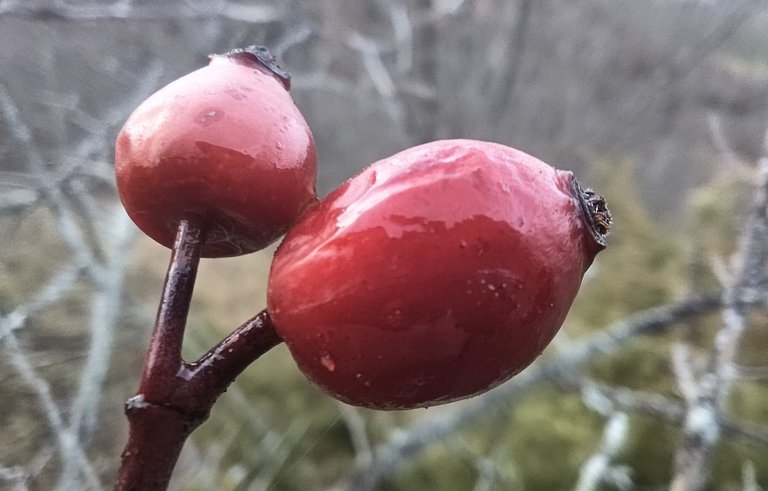
Mangiarli cosi come sono però sarebbe una tortura, i semi interni sono avvolti da fitte pelurie simili ad aghi che se per sbaglio vengono mangiati, ci danno fastidio tutto il giorno nella bocca specie sulla lingua.
Eating them as they are, however, would be torture, the internal seeds are wrapped in thick hairs similar to needles that, if accidentally eaten, will bother us all day in the mouth, especially on the tongue.
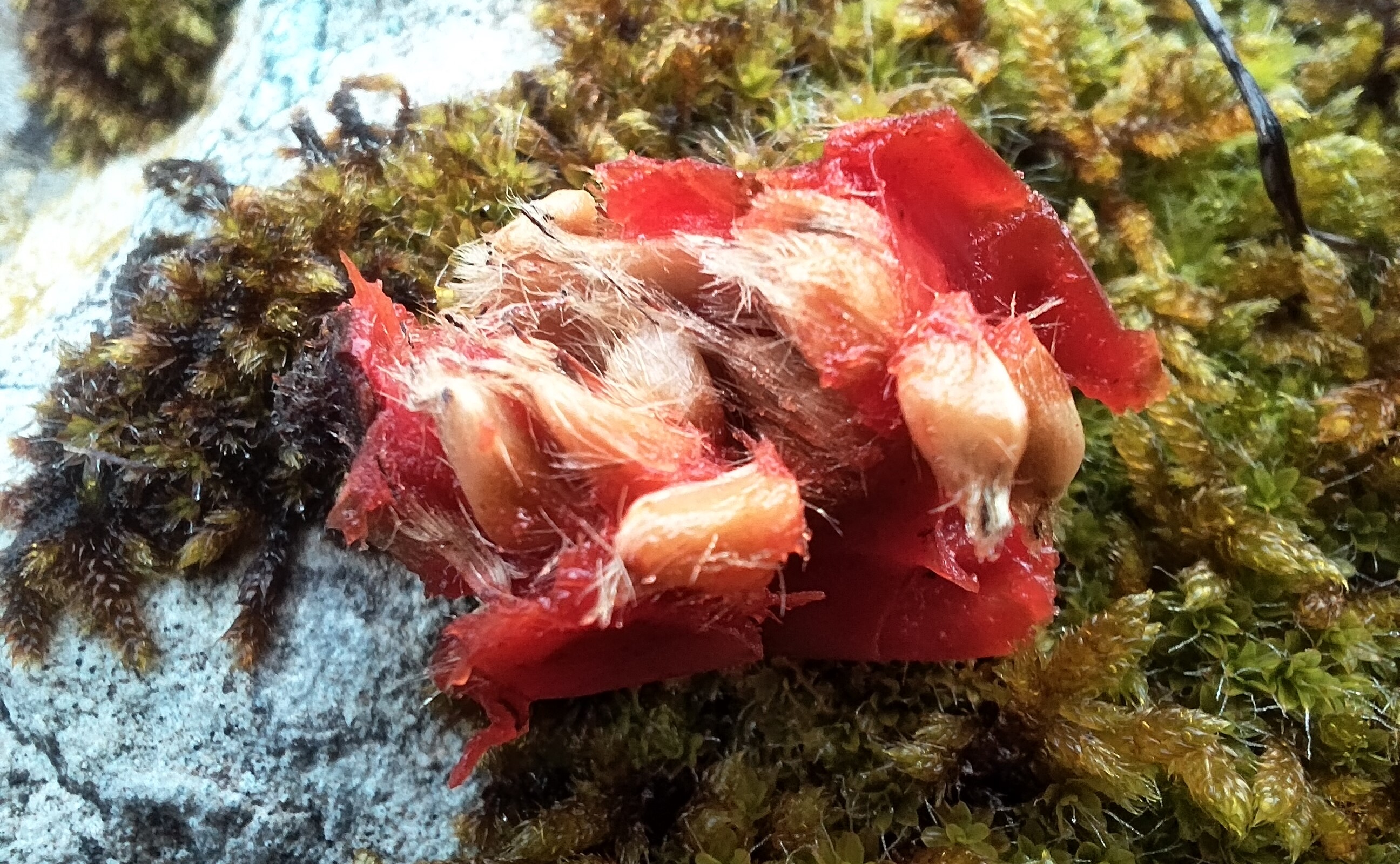
Dobbiamo aspettare le prime gelate, le prime nevicate, affinché il freddo congeli le bacche spaccando i tessuti e rendendo cosi la polpa morbida e facilmente estraibile.
We have to wait for the first frosts, the first snowfalls, so that the cold freezes the berries, splitting the tissues and thus making the pulp soft and easily extractable.
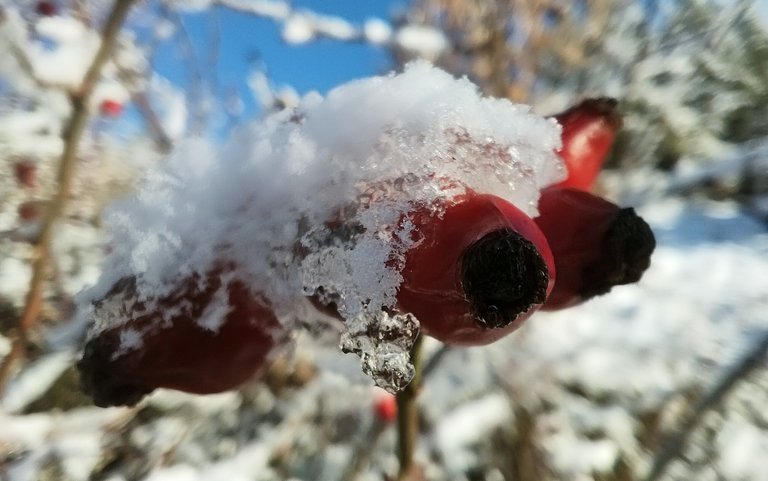
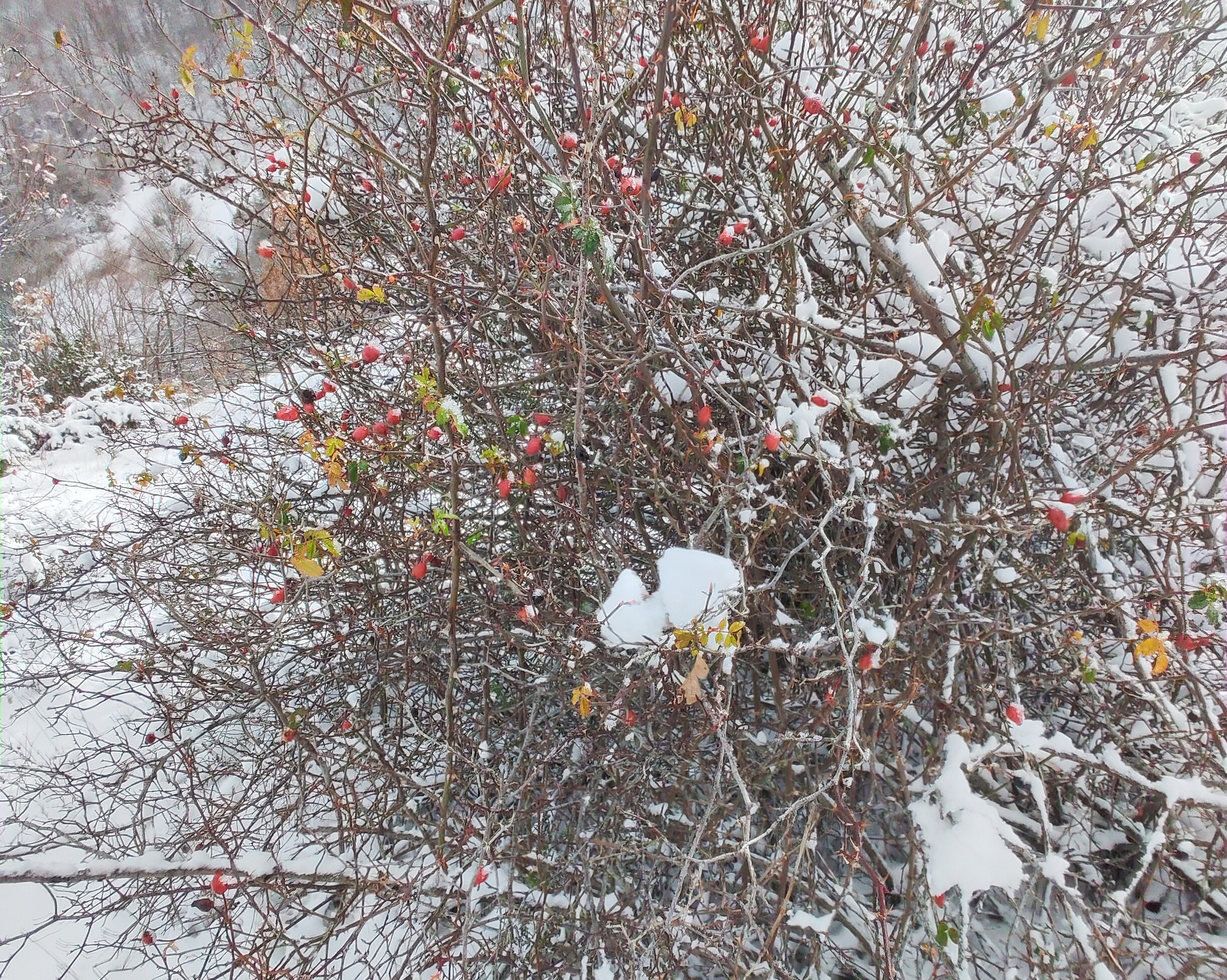
Nel seguente video potete vedere come fuoriesce la polpa comprimendo il frutto con le 4 dita e con altre due schiacciando da sotto, in questo modo tutti i semi e la peluria rimarranno all'interno. Sono frutti eccezionali, buonissimi e soprattutto ricchi di vitamina C.
In the following video you can see how the pulp comes out by compressing the fruit with 4 fingers and with two more pressing from below, in this way all the seeds and the fluff will remain inside. They are exceptional fruits, very tasty and above all rich in vitamin C.
Tutte le foto sono di mia proprietà
All photos are my property
"Mangio strada facendo" saranno una serie di articoli riguardanti la commestibilità delle piante autoctone italiane.
Ciononostante non incentivo nessuno a mangiare quello che vedete e non parlerò di usi terapeutici delle piante in quanto non mi sento in grado di esporre con chiarezza temi cosi delicati, le piante possono essere potenzialmente mortali se non maneggiate e/o assunte con le dovute accortezze.
Guarda anche:
Tuber aestivum https://hive.blog/hive-193212/@cooltivar/mangio-strada-facendo-tuber-aestivum
Asparagus acutifolius https://hive.blog/hive-193212/@cooltivar/mangio-strada-facendo-asparagus-acutifolius-asparago
Juniperus communis https://hive.blog/hive-193212/@cooltivar/mangio-strada-facendo-juniperus-communis-ginepro
Viola odorata https://hive.blog/hive-193212/@cooltivar/mangio-strada-facendo-viola-odorata
Leopoldia comosa https://hive.blog/hive-193212/@cooltivar/mangio-strada-facendo-leopoldia-comosa-lampascione
Rubus ulmifolius https://hive.blog/hive-193212/@cooltivar/mangio-strada-facendo-rubus-ulmifolius-more
Funghi https://hive.blog/hive-193212/@cooltivar/mangio-strada-facendo-funghi
